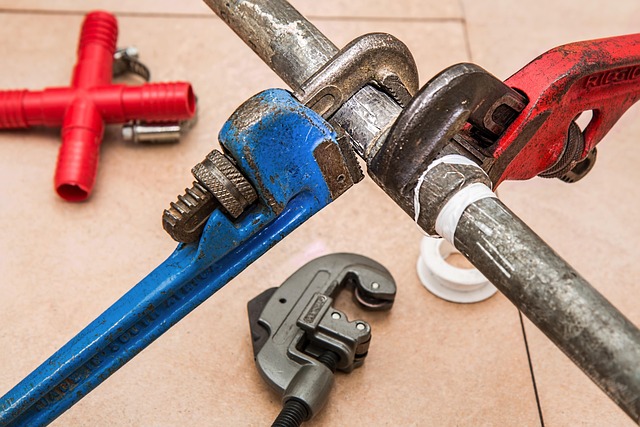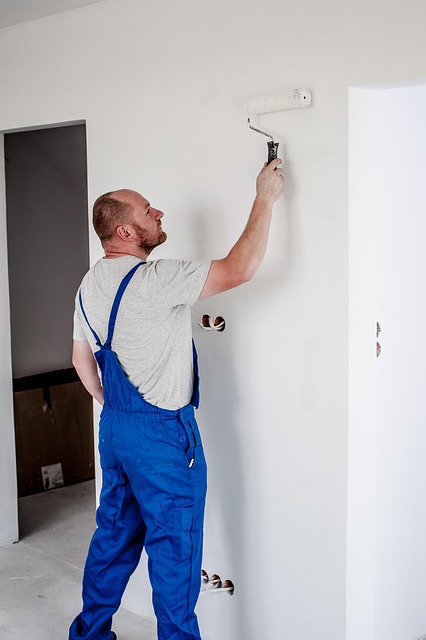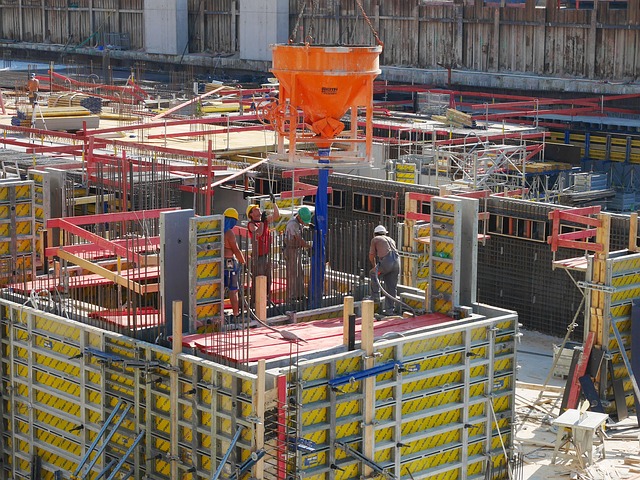Foundation sinking, a silent structural threat, affects many residential areas and requires prompt attention from experts in Residential Foundation Repair. Caused by soil settlement, moisture changes, poor construction, and external pressure, it leads to exterior damage, uneven floors, and safety risks. Early detection through regular visual inspections is crucial; look for cracks, uneven floors, doors, and windows. Advanced technologies like GPR and laser scanning aid in accurate assessments, predicting and preventing structural issues before they escalate. Prompt action by homeowners, followed by professional evaluation, saves costs. Affordable methods like piering and underpinning stabilize foundations, offering long-term solutions without breaking the bank.
Foundation sinking is a significant concern for homeowners, leading to structural damage and costly repairs. This article delves into the critical issue of foundation sinking indicators, offering insights into its causes, effects, and various detection methods. From identifying visual signs to understanding moisture’s role, we explore ways to navigate this complex problem. Learn about advanced technology, early intervention strategies, and cost-effective solutions for residential foundation repair, empowering you to safeguard your home’s integrity.
Understanding Foundation Sinking: Common Causes and Effects

Foundation sinking, a subtle yet concerning phenomenon, is a common issue in residential areas, often requiring expert intervention from foundation repair specialists. This gradual descent can be attributed to various factors, each with its unique impact on the structural integrity of a building. One of the primary causes is soil settlement, where the earth beneath the foundation compacts over time due to weight distribution or changes in moisture content. This leads to an uneven surface, causing the foundation to sink and potentially result in cracks on exterior walls and floors.
Another significant contributor is poor construction practices, such as inadequate soil preparation or improper drainage systems. Inadequate support from nearby structures or trees can also exert pressure on foundations, leading to sinking over extended periods. The effects are far-reaching, including structural damage, uneven flooring, and even safety hazards if left unaddressed. Prompt identification of these indicators is crucial for homeowners to initiate residential foundation repair, ensuring the longevity and stability of their homes.
Identifying Visual Signs of Foundation Damage

When it comes to identifying potential issues with your residential foundation, visual signs are often the first indicators that something is amiss. One of the most noticeable and concerning symptoms is visible cracks in the foundation walls or floor. These cracks can vary in size, from hairline fractures to larger, more pronounced gaps, and they may appear on interior or exterior surfaces. Another visual cue could be uneven or bulging floors, doors, or windows. If you notice that doors are sticking or opening and closing on their own, or if your windows are hard to align, it might suggest that the foundation is settling or shifting.
Paying attention to these visual signs can play a pivotal role in early detection of foundation damage, which is crucial for effective residential foundation repair. Regular inspections, especially in areas prone to environmental changes like extreme temperatures and moisture fluctuations, can help homeowners catch potential problems before they become costly and complex issues.
Detecting Structural Instability through Load-Bearing Walls

Residential foundation repair often involves identifying signs of structural instability, one of which is observing load-bearing walls. These walls are critical in supporting the overall structure of a home and any deviations from their intended alignment can indicate serious issues. Over time, as foundations settle or shift due to various factors like soil conditions or age, load-bearing walls might show cracks, bulges, or uneven surfaces.
Homeowners should pay close attention to these wall abnormalities, especially if they are accompanied by signs of movement in doors and windows, like stickiness or difficulty opening/closing. Such indications point towards a potential problem with the foundation, which could lead to more severe structural damage if left unaddressed. Prompt action is key; early detection through regular inspection can facilitate effective residential foundation repair methods before the issue escalates.
The Role of Moisture in Foundation Sinking

Moisture plays a significant role in foundation sinking, one of the primary concerns for any residential foundation repair expert. When soil around a structure becomes consistently moist or water seeps into cracks and crevices, it can lead to a loss of support and cause the foundation to sink or settle unevenly. This is particularly problematic in areas with high humidity levels or regions that experience frequent rainfall.
Over time, moisture can weaken the structural integrity of foundations by causing erosion and expanding soil particles. The weight of the building then exerts additional pressure on already compromised areas, accelerating the sinking process. Identifying and addressing moisture-related issues early is crucial for preventing further damage to homes during residential foundation repair.
Advanced Technology for Accurate Detection

The advancement of technology in the field of residential foundation repair has led to innovative tools and methods for detecting sinking indicators early on. Advanced sensors and monitoring systems are now available, offering unprecedented accuracy in assessing foundation health. These technologies include ground-penetrating radar (GPR), which can identify structural abnormalities beneath the surface, and laser scanning, capable of capturing detailed 3D models of foundations for precise analysis.
By integrating these advanced tools, professionals can non-invasively inspect foundations, detect subtle shifts or cracks, and predict potential issues before they escalate. This early detection is crucial for effective and timely residential foundation repair, ensuring the longevity and stability of structures.
Early Intervention: Preventing Further Damage

Early detection is key in preventing significant damage caused by foundation sinking. Regular inspections are crucial for homeowners to identify potential issues. Common signs include cracks on walls, uneven floors, and doors or windows that stick or do not close properly. Addressing these indicators promptly can save considerable costs associated with extensive residential foundation repair later.
Taking swift action ensures the stability of the structure. If foundation sinking is suspected, professional evaluation by a structural engineer is recommended. They can determine the extent of the problem and propose effective solutions like underpinning or piering to stabilize the foundation and prevent further deterioration, ultimately preserving the integrity of the property.
Cost-Effective Solutions for Residential Foundation Repair

When it comes to residential foundation repair, cost-effective solutions are often sought after to ensure the longevity and stability of homes without breaking the bank. One of the most common and affordable methods is piering, where steel or concrete piers are installed to raise and stabilize the foundation. This process is particularly effective for settlements caused by expansive clay soils, which can cause significant damage over time.
Another budget-friendly option is underpinning, which involves installing new footings below the existing foundation. This method is ideal for foundations that have sunk slightly but still require a solid support system. Underpinning not only corrects structural issues but also prevents future sinking, offering a long-term solution without excessive costs. These cost-effective strategies are not only beneficial for homeowners’ pockets but also ensure the structural integrity of their residences.
